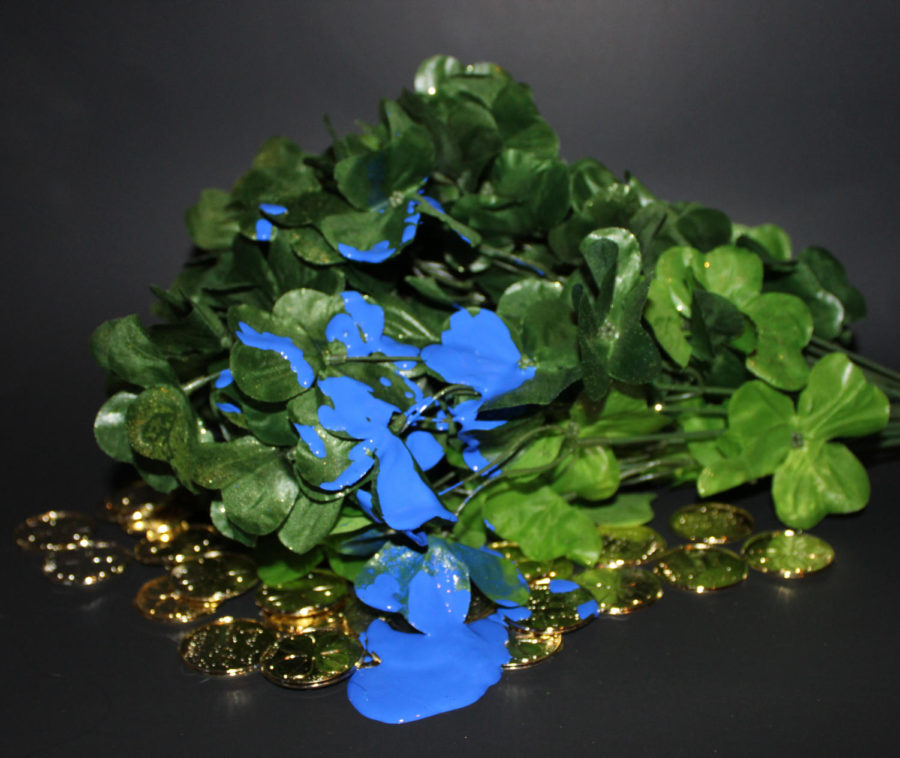The St. Patrick’s Story
How the most famous Irish holiday came to be.
According to the United States Census Bureau, 31.5 million residents claim to be of Irish descent, but how many of them know how the most famous Irish holiday came to be?
For those who don’t know, March 17 is celebrated as the anniversary of Saint Patrick’s death in the fifth century. St. Patrick came to Ireland at 16 after he was kidnapped and brought as a slave. After escaping, he became a priest and came back to spread his religion to the people of the island.
On this day, although the holiday falls over the Christian season of Lent, probations on meat were waived and people celebrated while feasting on traditional Irish food.
The patron saint of Ireland is the namesake for this holiday, but Saint Patrick was born in Roman Britain and may have been born with a different name. An article by Ashley Ross from Time Magazine explains the myth.
“Legend says St. Patrick was actually born Maewyn Succat, but that he changed his name to Patricius (or Patrick), which derives from the Latin term for ‘father figure,’ after he became a priest,” Ross said.
Because of the patron saint’s popularity, there are many popular myths and fables that include him. One of the most popular stories is about how St. Patrick delivered a sermon that was so powerful it drove all the serpents from the Emerald Isle. However, some scholars believe the use of the word serpents is a euphemism for pagan ideology, with the story slowly becoming more fantastic as it was orally spread.
Another common story is that St. Patrick used a shamrock to describe the Holy Trinity (Father, Son, and Holy Spirit). This caused the trefoil plant to be the unofficial plant of Ireland.
Even though green is everywhere on this day, St. Patrick was originally depicted in blue. The Order of St. Patrick, which was a part of the Irish Chivalry, had an official shade of sky blue which was known as St. Patrick’s blue.
After King Henry VIII claimed Ireland as his land, he created a new coat of arms for the country which featured the color blue, as it was one of his commonly chosen colors at the time. Since the ties between the British Crown and the Irish people were frayed, the Irish used the shamrock as their symbol and changed the blue of St. Patrick’s day to a green similar to that of the plant during the rebellion. One color you should avoid during the holiday is orange. An article written by Claire Nowak explains this.
“Irish Protestant tradition is associated with orange. This stems from William of Orange, the Protestant king who overthrew the Roman Catholic King James II. Even though Orange was a place, the Protestants used the color orange to show their loyalty. So while St. Patrick’s Day is about celebrating Irish culture and solidarity, there is a little bit of a historical divide,” Nowak said.
While it’s been centuries since St. Patrick spread Christianity, it’s impressive how much of an impact he’s had, even affecting us to this day.







